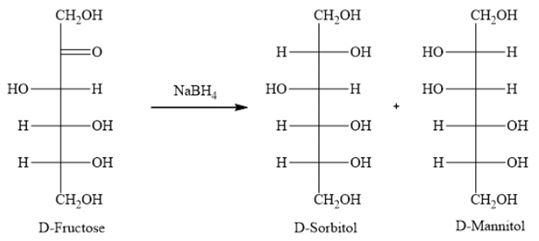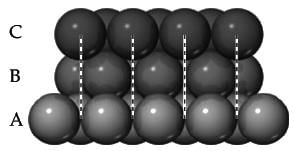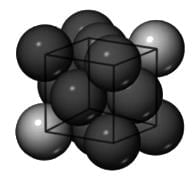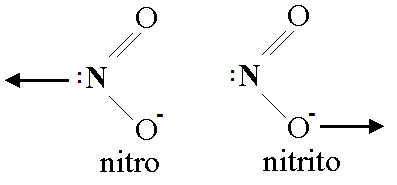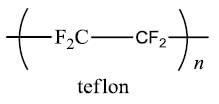SRMJEE Mock Test - 6 (Medical) - JEE MCQ
30 Questions MCQ Test - SRMJEE Mock Test - 6 (Medical)
Fill in the blank: In the absence of sunlight, euglenoids can behave like __________ by predating on smaller organisms.
Which of the following characteristics is common to members of the Ascomycetes?
Respiratory System Which of the following statements is accurate regarding the respiratory system of frogs?
Meiosis II is divided into four phases. The centromere of each chromosome divides into two so that there is one centromere for each chromatid in
The relative permeability of a substance A is slightly greater than unity, while that of a substance B is slightly less than unity. Which of the following statements is correct?
The temperature of equal masses of three different liquids A, B, and C are 12℃, 19℃, and 28℃, respectively. The temperature when A and B are mixed is 16℃, and when B and C are mixed is 23℃. The temperature when A and C are mixed is:
K is the force constant of a spring. The work done in increasing its extension from I1 to I2 will be
A cube of density 0.5 g cm−3 is placed in vessel and a liquid of density 1 g cm−3 is gradually filled in the vessel at a constant rate then, the graph representing the variation of normal reaction of vessel on cube and time is
Sweet makers do not clean the bottom of cauldron because
Directions: In the following question, two statements are given. One is assertion and the other is reason. Examine the statements carefully and mark the correct answer according to the instructions given below.
Assertion: Disruption of the natural structure of a protein is called denaturation.
Reason: The change in colour and appearance of egg during cooking is due to denaturation.
Which of the following, on reduction with NaBH4, gives an equimolar mixture of sorbitol and mannitol?
From the following substances, which substance has the maximum sweetness?
What will be the effect of acidity on activity of ptyalin enzyme in stomach?
In the face centred cubic unit cell, the closest packed layers are perpendicular to:
Of the given four pairs three pairs express the relationship similar to that expressed in the capitalised pair. Select that pair that is not related in this way.
GREENHOUSE: PLANT::?
In the given question, an idiom/phrase has been underlined in the sentence. Choose the alternative which best expresses the meaning of the given idiom/phrase.
The police cordoned off the area after the explosion.
Choose the alternative which best expresses the meaning of the Idiom/phrases and mark your Answer.
To smell a rat
What is the sum of the solutions of the equation 1 = ?
The use of photoelectric cells in cinematography depends upon the fact that the number of electrons produced is
Which of the following, on reduction with NaBH4, gives an equimolar mixture of sorbitol and mannitol?




